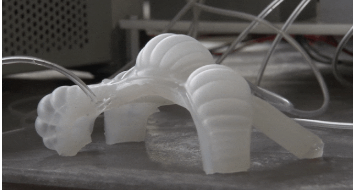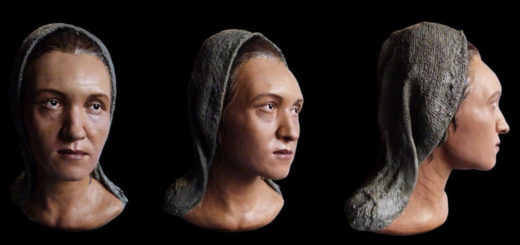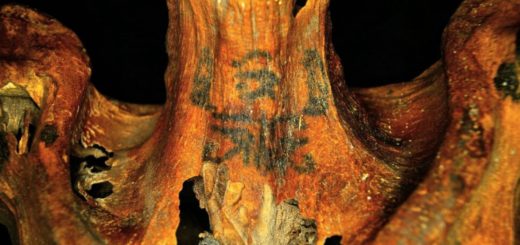NASA is developing ‘soft robots’ that look like inflatable ‘aliens’

Think robots are all square corners and rigid metal parts? Think again.
Two interns at NASA are part of a larger group working on “soft robots” that could be used for exploring worlds beyond Earth. This includes the moon, NASA’s next major destination for astronauts.
The advantage of a soft robot is that it’s flexible and, in some ways, better able to adapt to new environments. Soft robots move in ways similar to living organisms, which expands their range of motion, perhaps making it easier to squeeze into a tight spot, for example.
Related: Top 10 Space Robot ‘Selfies’ (Gallery)
More From LiveScience
Top 10 Space Robot ‘Selfies’ (Gallery)
NASA’s Langley Research Center
Can Robots Build a Moon Base for Astronauts? Japan Hopes to Find Out.
Watch Thousands of Dancing Robots Combine on Dark Energy Instrument (Video)
Interns Chuck Sullivan and Jack Fitzpatrick are working at NASA’s Langley Research Center in Hampton, Virginia, to create soft robot actuators. (Actuators are machine components that control a robot’s moving parts.)
“When you actuate the soft robot, it changes how you use the material properties,” Fitzpatrick said in a statement. “A piece of rubber going from flat to the shape of a finger, it changes the material into something else.”
The design is early stage and not nearly space-ready, but the interns are trying to see how these actuators could be used in a real space mission. Sullivan and Fitzpatrick build the actuators by 3D-printing a mold and then pouring it into silicone or another type of flexible substance.
“By design, the actuator has chambers, or air bladders, that expand and compress based on the amount of air in them,” NASA said in the statement. “Currently, these two interns are operating the design through a series of tubes in the air bladders, allowing them to control the movement of the robot. By adjusting the amount of air in the chamber of the soft robotic actuator, the robot can flex and relax, just like a human muscle.”
In particular, the interns are investigating four key properties of the actuators — mobility, joining, leveling and shaping — and how to use them in space exploration. Mobility refers to how the soft robot moves in its environment , while joining concerns how robots can link together (for example, to make a large temporary shelter). Leveling refers to how actuators can create a surface, such as filling in space underneath a lunar habitat, while shaping examines ways of adding strength to materials like dust shields.
“We see these four things as the crux of the problem. Once we can accomplish those in individual unit tests, we would like to figure out ways to combine them, so maybe we combine mobility and joining,” Sullivan said in the same statement.
Both interns are working with principal investigator and computer engineer James Neilan, as well as co-principal investigator and aerospace research engineer Matt Mahlin, who together created this intern project at NASA’s Langley Research Center to examine how well soft robots would work in space. This month, researchers and robotics experts from around the country will visit Langley to give the interns feedback on their soft robotics, and the students will continue to make improvements throughout the summer, NASA added.



 Creators of mankind
Creators of mankind Description of “Tall white aliens”
Description of “Tall white aliens” Where they came from?
Where they came from? About hostile civilizations
About hostile civilizations The war for the Earth
The war for the Earth “Tall white aliens” about eternal life
“Tall white aliens” about eternal life Video: “Nordic aliens”
Video: “Nordic aliens” Aliens
Aliens Alien encounters
Alien encounters The aliens base
The aliens base UFO
UFO Technology UFO
Technology UFO Underground civilization
Underground civilization Ancient alien artifacts
Ancient alien artifacts Military and UFO
Military and UFO Mysteries and hypotheses
Mysteries and hypotheses Scientific facts
Scientific facts


















